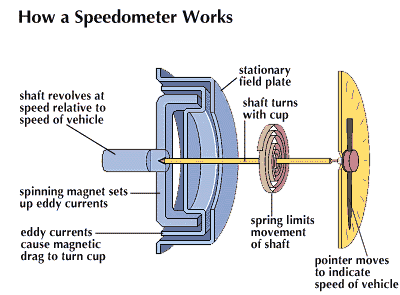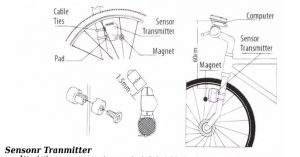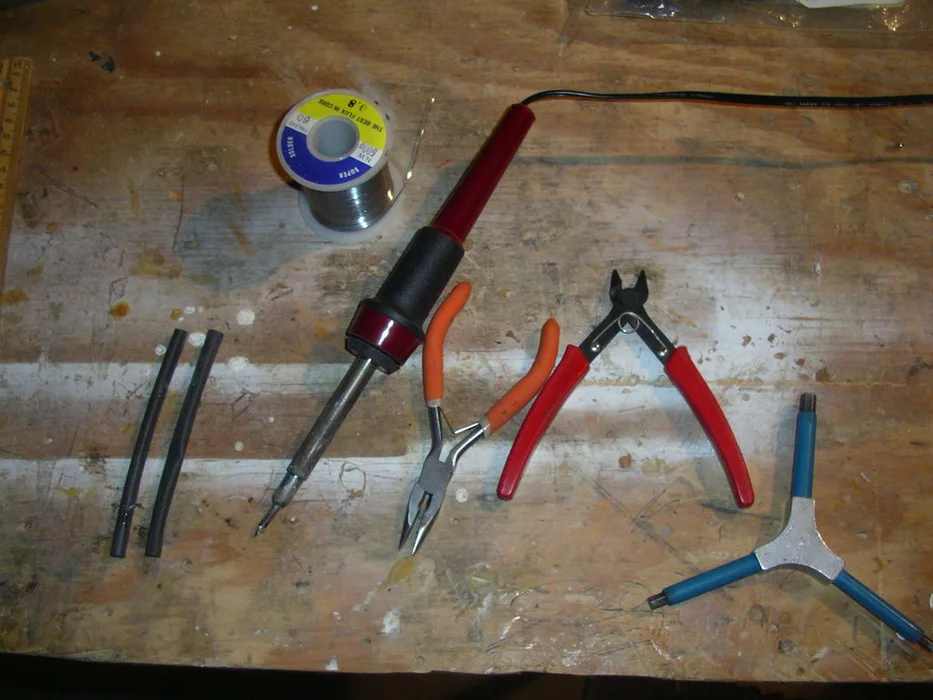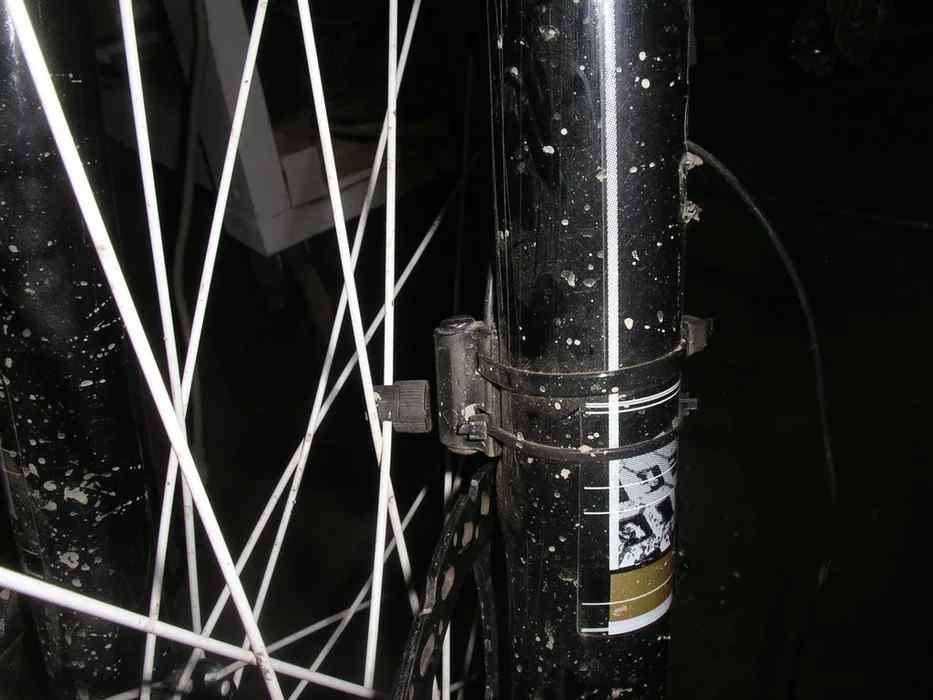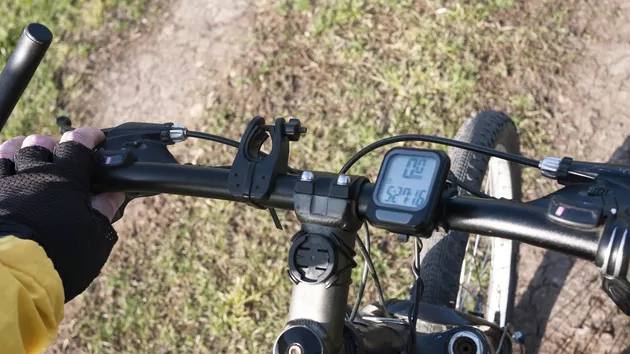Charles Babbage, the father of the computer and architect of the Analytical Engine is credited with an early version of a speedometer for use on locomotives. In 1888, Josip Belusic, a Croatian, came up with the electric speedometer. Modern bike speedometers have catapulted cycling into the realm of space travel. These microcomputers help you to keep records, motivate you into knocking yourself out by goading you to ‘go where no man has gone before’. They are extremely simple devices that give a lot of information back, so there is no call to get intimidated by complex-sounding installations or functions. Here we take a look at how to hook them up, so let’s dive into bike computer installation.
What Is a Speedometer?
As related to bicycles, it’s called a cyclo-computer. Earlier on, this would have been a misnomer; there are no chips, ICs or whathaveyou. It was electro-magnetic in essence. A speedometer is fundamentally a device mounted on a bike that calculates and furnishes trip information. A speedometer gives you an instantaneous reading of your current speed. It is usually augmented by an odometer which is a display of distance covered. The basic working principle of an analog speedometer on a bike is shown below.
Modern versions incorporate an electronic bike computer sensor that utilizes the time taken per revolution as the basis for all other computations.
How to Bicycle Speedometer Setup
Bicycle speedometers are small computers that are attached and start with the measuring of your wheel revolutions. Sensors are located on your bike wheels and wheel size being known, computes your speed. The tricky bit here is calibration. If that is not accurate, the exercise becomes meaningless.
Essential Tools
- Soldering Iron
- Wire cutters
- A stripper or knife
- Solder
- Bicycle tools
- Cable ties
Step 1
The computer sensor goes on to the fork opposite the brakes on the front mount. The sensor can be affixed at any point on the fork, just make sure you can access it easily. If no specific attachments were advised, secure the sensor with cable ties.
Step 2
The sensor wire should be run up the back and outer part of the shock absorber. It is highly desirable that the wire is protected from the undergrowth that you encounter in your rides as also keeping the wire away from the wheel in motion. A tip here is to encase the wire in plastic tubing of small diameter and affix it using cable ties.
Step 3
Attach the computer display mount on the handlebar where it is easy to see. Every mount differs slightly. So yours should be secured according to your computers’design.
Step 4
Mate the sensor wire and the computer mount, secure with cable ties, give everything a once over, attach additional cable ties if required. Bear in mind to leave sufficient slack so that the handlebars and front wheel are free to turn unhindered.
Step 5
Clip the sensor to the spokes carefully choosing the location. The magnet should pass close to the sensor at every turn of the wheel. It should be no further than ¼ inch away when it passes the sensor.
Step 6
Enter the diameter of your bicycle tire into the computer. This will be the basis of all calculations so there is little scope of error here. The measurement is readily available from the marking on the tire itself or the manual will tell you.
Step 7
Turn the wheel a couple of times. A non-zero reading on the display tells you that it is working. To check the accuracy you can cycle between two consecutive mile markers and check the reading.
Tips for Setting up a Speedometer
- Mount the magnet as close to the hub as possible so that it passes the sensor slowly giving an accurate reading.
- After installing the magnet, position the sensor suitably on the fork. Test the computer, make adjustments, then secure.
- Cable ties are unsightly. You can use transparent plastic tape that comes in 2” rolls. Clean the surface properly though before putting the tape on.
- The wire should lead up the back of the fork. This is both aesthetic and aerodynamic.
- If you are fitting a cyclometer on a bike with cantilever brakes, install sensor and magnet on the left if possible.
As you saw, a bicycle speedometer setup is a walk in the park. To make it as easy as stealing candy from a baby, there are wireless computers now available and no, they are not expensive. No messy wires and whathaveyou. So make the best of what you have gleaned from this guide and set up your speedometer if you don’t have one already. Some speedometers give a lot more information including your heart rate. The choice is vast.


